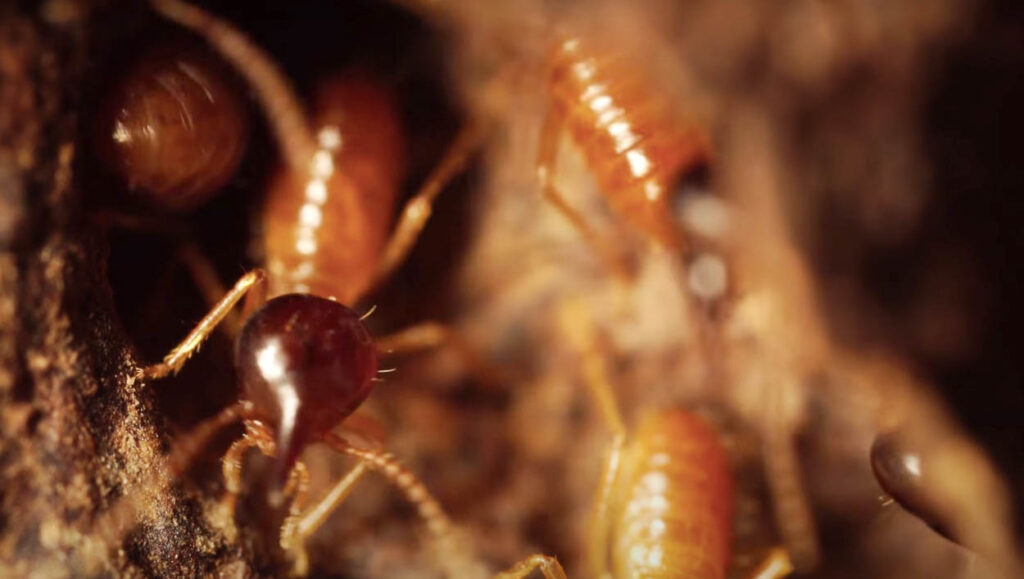How fast do termites consume wood?
Termites are no doubt one of the most voracious insects on the planet. These social insects are known to be able to devour a foot-long 2×4 beam of wood if the size of the colony is about 60,000 termites. Although, the rate at which they do this depends on the type of wood, climatic conditions, size of the colony, and the species of the termite. If all these external conditions are readily available for the termites, the rate at which they will consume wood is highly significant.
Being a concealing household pest, termites do cause a high level of damage in homes before they get noticed by the residents. Therefore, if you are already noticing the presence of termites in or around your house, there is a high probability that they have already caused severe damage.
How does the size of a colony affect the rate of consumption?
The size of a colony is one of the independent factors that influences the rate at which termites consume food. The greater they are in number, the faster they access woods and consume them. Subterranean termites are the most populous species of termites, a single colony could house a million termites, and with about 80% of the colony being worker termites that forage for food for the colony, the rate at which they consume wood will be higher compared to other species with a smaller colony. Also, a colony of termites that is at its early stage of development will have few termites and will not be able to consume as much wood as a colony who has reached its capacity. This clearly shows that the size of a colony affects the rate at which termites consume wood.

Wood availability
Unlike other social insects, termites have a special eating habit that is special to them alone. What termites do to be able to have access to wood is that the worker termites from a colony spread out in different directions to look for any available wood with an abundance of cellulose. This method of feeding might not cause severe damage quickly, but since they choose to attack different wood at the same time, the destruction will be widespread.
This food foraging habit of termites clearly shows that the more available wood in a particular area, the faster the rate termites will consume the wood and cause devastating effects.
Location and climate
The activities of termites are greatly influenced by the environmental conditions of the area. For instance, subterranean termites are usually more active in places where they have easy access to moisture and heat. As a result of this suitable weather condition, they are usually more problematic and tend to consume more wood.
On the other hand, when conditions are unfavorable they become sluggish and inactive. This decrease in mobility affects the rate at which they consume food and make it difficult to eat wood fast.

Having shared all these, you should by now have a clear picture of how fast termites eat wood and why they are more active at a certain point in time.
